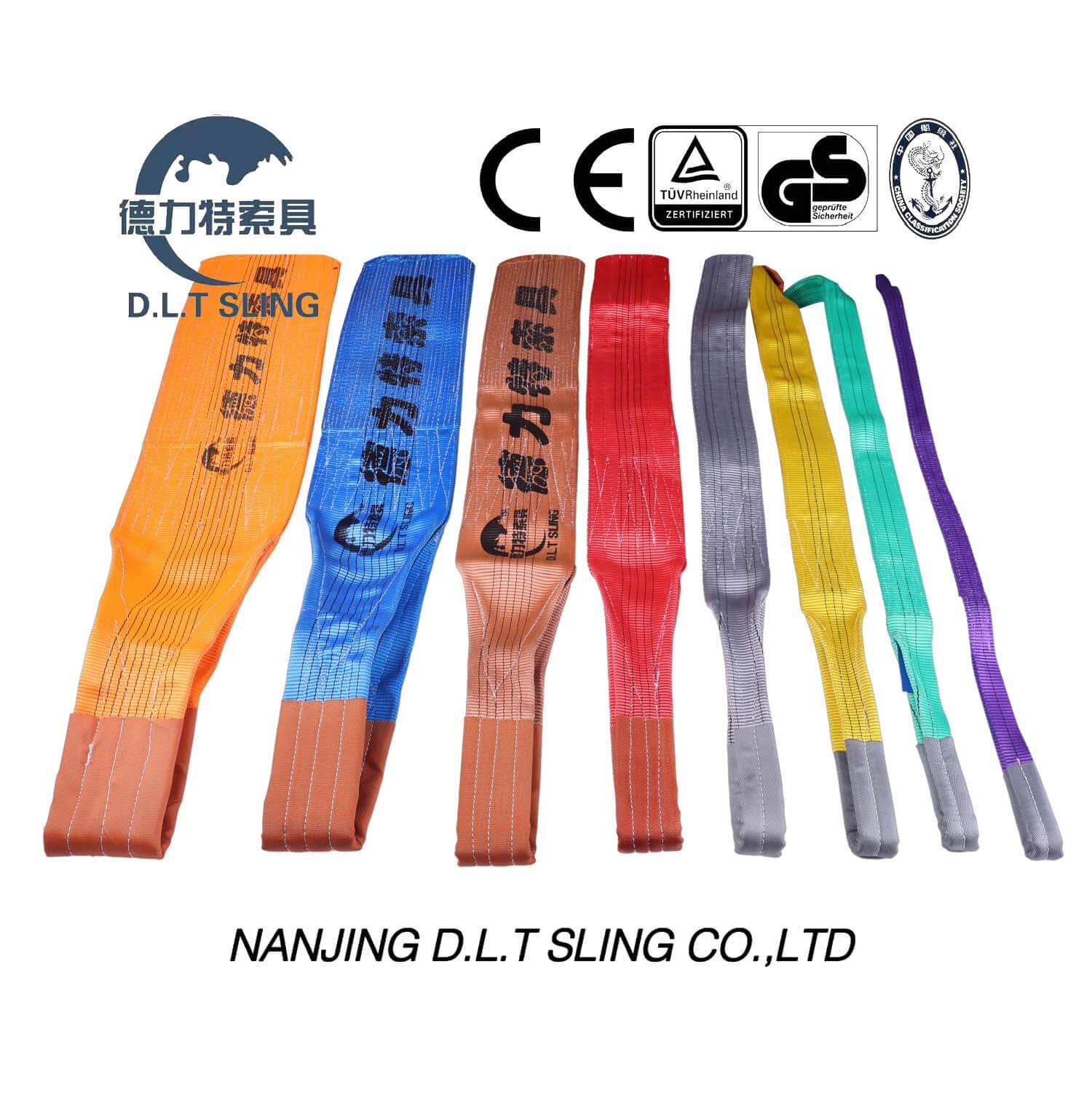Webbing slings are essential lifting tools used across a variety of industries for safe and efficient load handling. When working with webbing slings, it is crucial to understand key specifications such as Working Load Limit (WLL), Safe Working Load (SWL), and Minimum Breaking Strength (MBS). In this blog post, we will delve into these terms and explore their significance in ensuring safe lifting operations.
Working Load Limit (WLL):
The Working Load Limit (WLL) is the maximum load capacity that a webbing sling is designed to safely support under normal working conditions. It represents the recommended weight that can be lifted without compromising the sling's integrity. WLL is typically stated as a specific weight or capacity, such as 1 ton (2,000 lbs) or 5 tons (10,000 lbs), and it is determined by applying a safety factor to the Minimum Breaking Strength (MBS) of the sling.
Safe Working Load (SWL):
The term Safe Working Load (SWL) is often used interchangeably with WLL. It refers to the maximum load that a lifting device, such as a webbing sling, can safely handle without causing damage or failure. The SWL is determined by considering factors such as the sling's WLL, the angle of the lift, and any additional safety margins specified by industry regulations or standards.
Minimum Breaking Strength (MBS):
The Minimum Breaking Strength (MBS) refers to the ultimate load capacity or breaking point of a webbing sling. It is the maximum load that the sling can withstand before it permanently deforms or fails catastrophically. The MBS is determined through rigorous testing procedures and is typically significantly higher than the WLL or SWL to provide an added margin of safety.
Safety Factors:
Safety factors are applied to the MBS to establish the WLL and SWL of webbing slings. These factors account for uncertainties, such as variations in manufacturing, environmental conditions, and dynamic forces during lifting. The standard safety factor for webbing slings is usually 5:1 or 7:1, depending on regional regulations and industry standards. This means that the WLL and SWL of a sling are calculated by dividing the MBS by the specified safety factor.
Accurate load calculations are crucial for selecting the appropriate webbing sling and ensuring safe lifting operations. Factors such as the weight of the load, the sling's angle of use, the type of hitch or configuration, and environmental conditions all affect the load capacity. It is essential to consult load charts, guidelines, or seek professional advice to determine the correct sling and lifting method based on the specific application.
Understanding the concepts of WLL, SWL, and MBS is fundamental to the safe and effective use of webbing slings. Adhering to the recommended guidelines, load calculations, and safety factors ensures that the slings can support the intended load within their rated capacity. By prioritizing safety and compliance with industry standards, businesses can mitigate the risks associated with lifting operations and enhance safety.